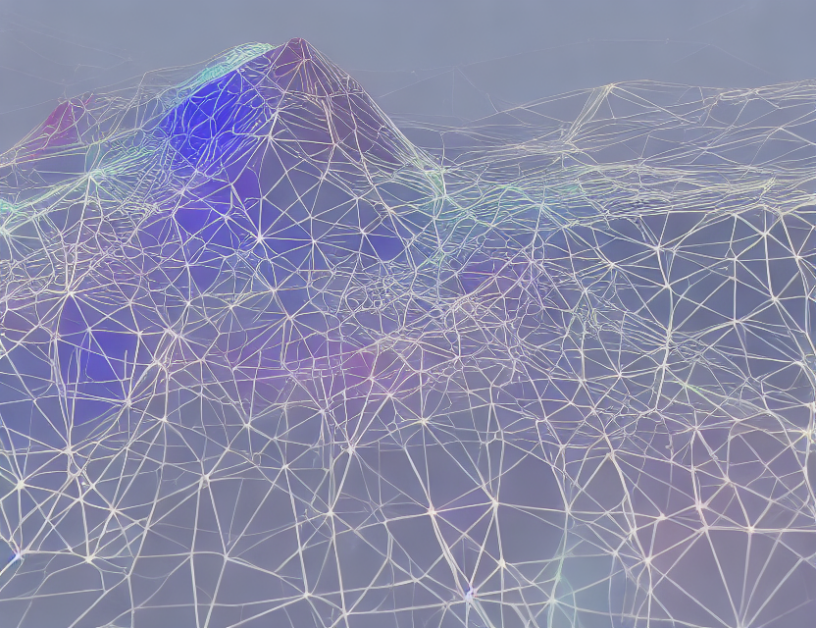The article begins by explaining that AI has the ability to mimic human behavior and emotions, making it seem conscious in its conversational ability. However, this consciousness is different from human consciousness as AI lacks self-awareness and moral agency. The authors then explore how social attribution theory can help understand the impact of AI on social interactions.
The authors explain that people tend to attribute human qualities to non-human entities, such as AI, based on their perceived similarity to humans. They also discuss the concept of anthropomorphism, where people attribute human characteristics to objects or animals. The article highlights how these attributions can have a significant impact on how we interact with AI and our perception of its capabilities.
The authors then delve into the potential benefits of AI in enhancing social connections. They argue that AI could provide a sense of companionship and emotional support, especially for individuals who are lonely or isolated. They also suggest that AI could help people develop empathy and understanding through its ability to simulate human-like interactions.
However, the authors acknowledge that there are limitations to AI’s potential as a social connector. They highlight that AI lacks the capacity for emotional intelligence and cannot provide the same level of emotional support as humans. They also note that AI’s ability to mimic human behavior can sometimes lead to unrealistic expectations and disappointments.
Overall, the article provides a nuanced perspective on the impact of AI on social health. While acknowledging its potential limitations, the authors argue that AI could be a valuable tool in enhancing social connections and improving mental well-being. By demystifying complex concepts and using engaging analogies, the article helps readers understand the complex relationship between AI and human interaction.
Computer Science, Human-Computer Interaction
Predicting Acceptance of AI: The Role of Theory of Mind and Consciousness



